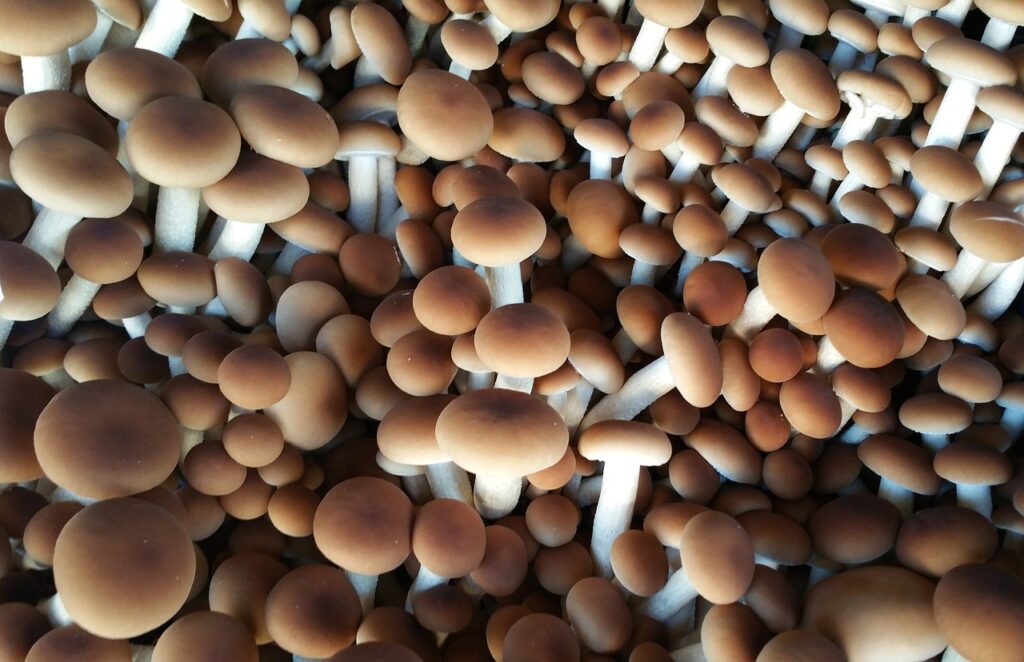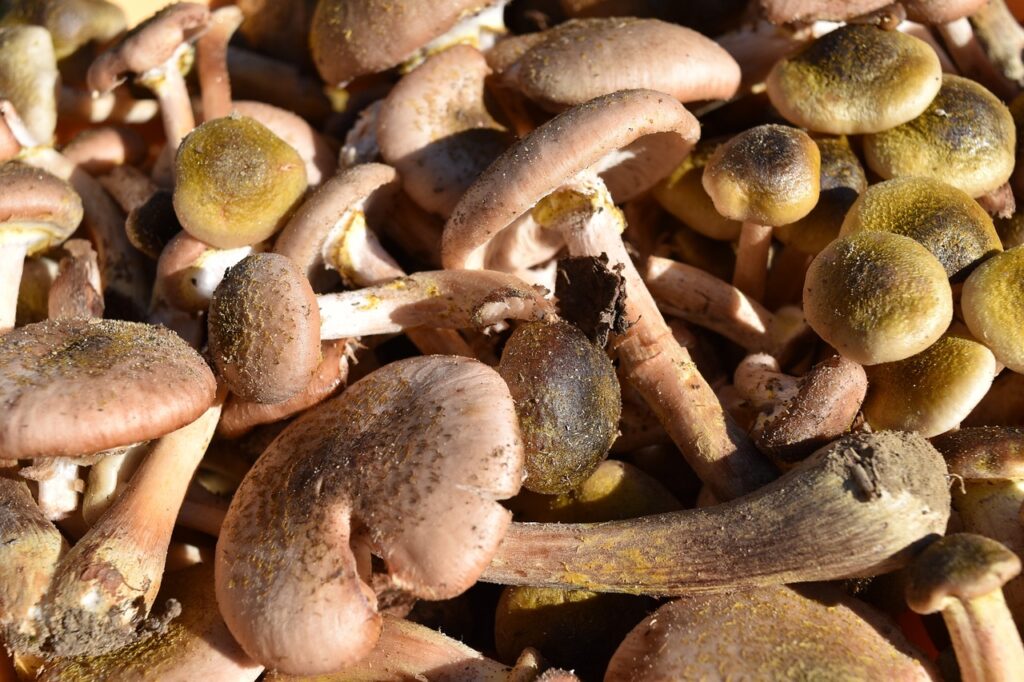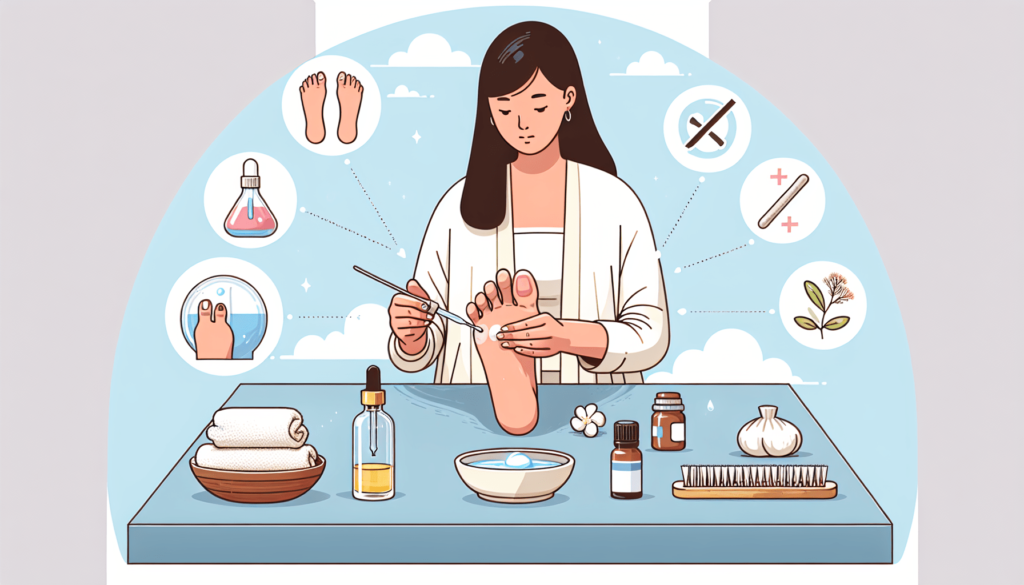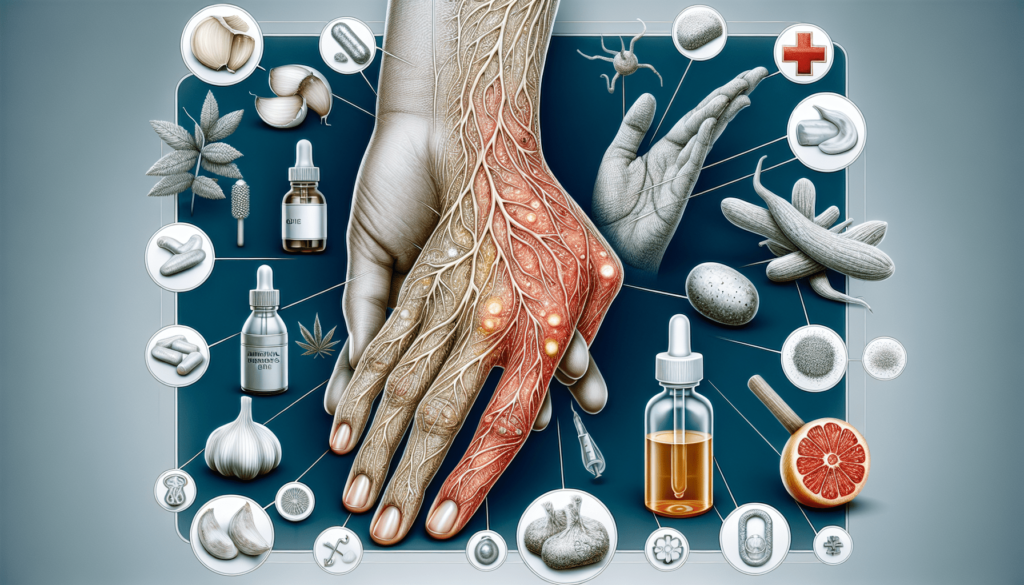Are your nails looking less than their best? Don’t worry, we’ve got you covered with “The Ultimate Guide to Nail Fungus Removal”. This comprehensive guide provides you with the best practices and products to effectively eliminate toenail fungus and other conditions that make your nails look less than stunning. Say goodbye to unsightly nails and hello to healthy, beautiful ones with our expert tips and recommendations. Wondering what the number one nail fungus remover is? Stay tuned to find out!

Understanding Nail Fungus
What is Nail Fungus?
Nail fungus, also known as onychomycosis, is a common fungal infection that affects the toenails and fingernails. It is caused by the overgrowth of fungi, typically dermatophytes, which thrive in warm and moist environments. Nail fungus can cause discoloration, thickening, and brittleness of the nails, and in severe cases, it can lead to pain and discomfort.
Causes of Nail Fungus
There are several factors that can contribute to the development of nail fungus. Poor foot hygiene, such as not keeping the nails clean and dry, can create an ideal environment for fungi to grow. Walking barefoot in public places like communal showers, gyms, and swimming pools can also increase the risk of infection. Additionally, sharing personal items such as shoes, socks, or nail clippers with someone who has a fungal infection can lead to its spread.
Symptoms of Nail Fungus
The symptoms of nail fungus can vary depending on the severity of the infection. Initially, you may notice a slight discoloration of the affected nail, usually a yellow or white spot under the tip. As the infection progresses, the nail may become thicker, brittle, and crumbly. It might also develop a distorted shape or emit a foul odor. In some cases, the infected nail may separate from the nail bed, causing pain and discomfort.
Preventing Nail Fungus
Keep Your Nails Clean and Dry
One of the most effective ways to prevent nail fungus is to maintain good nail hygiene. Make sure to wash your feet and hands regularly with soap and water, paying special attention to the areas around your nails. After washing, thoroughly dry your nails, including the spaces between your toes and fingers, as fungi thrive in moist environments.
Trim Your Nails Regularly
Keeping your nails trimmed and well-maintained can help prevent nail fungus. Trim your nails straight across and avoid rounding the corners, as this can increase the risk of nail trauma and create an entry point for fungal infections. Additionally, be sure to file down any thickened or rough edges to reduce the chances of trapping moisture and debris.
Avoid Sharing Personal Items
To minimize the risk of contracting nail fungus, it is important to avoid sharing personal items such as shoes, socks, nail clippers, and files. Fungal infections can easily spread from person to person through these items, so it is best to use your own and regularly clean and disinfect them if necessary.
Home Remedies for Nail Fungus
Tea Tree Oil
Tea tree oil is a natural antifungal agent that may help treat nail fungus. It contains compounds that have been found to inhibit the growth of fungi. To use tea tree oil, simply apply a few drops directly onto the affected nail and surrounding skin using a cotton ball or swab. Repeat this process twice daily until the infection clears up.
Apple Cider Vinegar Soak
Apple cider vinegar has acidic properties that can create an unfavorable environment for nail fungus. To prepare an apple cider vinegar soak, combine equal parts of apple cider vinegar and warm water in a basin or bowl. Soak your affected nails in the solution for about 15-20 minutes daily. Afterward, rinse and dry your nails thoroughly.
Garlic
Garlic possesses antifungal properties that may help combat nail fungus. Crush a few garlic cloves to release their active compounds and apply the paste directly onto the infected nails. You can cover the nails with a bandage to keep the paste in place. Leave it on for about 30 minutes before rinsing off. Repeat this process twice daily for optimal results.
Baking Soda Paste
Baking soda can help create an alkaline environment that inhibits the growth of fungi. Create a paste by mixing baking soda with a small amount of water. Apply the paste onto the affected nails and let it sit for 10-15 minutes before rinsing off. This can be done once or twice daily until the infection improves.
Over-the-Counter Treatments
Topical Antifungal Creams
Over-the-counter topical antifungal creams, such as those containing clotrimazole or miconazole, can be effective in treating mild to moderate cases of nail fungus. These creams are applied directly onto the affected nails and surrounding skin. Follow the instructions provided on the packaging for proper application and duration of treatment.
Antifungal Nail Polish
Antifungal nail polishes are formulated with antifungal agents that can help eliminate nail fungus while providing a cosmetic solution. These polishes are applied like regular nail polish and can be an effective treatment option for mild infections. It is important to remove the polish periodically to allow the affected nail to breathe and to reapply as instructed.
Antifungal Nail Gels
Antifungal nail gels are similar to nail polishes but have a thicker consistency. These gels adhere better to the nails, allowing for a more prolonged contact time with the antifungal agents. They can be an effective treatment option for moderate cases of nail fungus. Follow the instructions provided by the manufacturer for proper application and duration of treatment.
Antifungal Nail Lacquers
Antifungal nail lacquers are brush-on treatments that contain antifungal agents. They are applied directly to the affected nails and are typically used daily or weekly, depending on the product. These lacquers are a convenient and effective option for mild to moderate cases of nail fungus, as they form a protective barrier over the nail while delivering antifungal benefits.

Prescription Medications
Oral Antifungal Medications
In more severe or persistent cases of nail fungus, a healthcare professional may prescribe oral antifungal medications. These medications work from within the body to eradicate the fungal infection. They are typically taken for a duration of several weeks or months, depending on the individual case. It is important to follow the prescribed dosage and complete the full course of treatment to ensure optimal results.
Antifungal Nail Solutions
Prescription antifungal nail solutions, such as ciclopirox or efinaconazole, are applied directly to the affected nails. These solutions penetrate the nail to target the fungal infection at its source. They are typically applied daily or weekly, depending on the prescribed treatment plan. These solutions are effective for both mild and moderate cases of nail fungus.
Medical Procedures for Nail Fungus Removal
Nail Debridement
Nail debridement is a procedure performed by a healthcare professional to remove infected portions of the nail. The affected nails are carefully trimmed, filed, or scraped, depending on the severity of the infection. This procedure can help alleviate pain and discomfort and allow for better penetration of topical or oral antifungal treatments.
Laser Treatment
Laser treatment has become an increasingly popular option for nail fungus removal. It involves the use of laser technology to target and destroy the fungi that cause the infection. The laser emits focused beams of light that penetrate the nail and kill the fungi. Multiple sessions may be required, and results can vary depending on the individual case.
Surgical Nail Removal
Surgical nail removal may be recommended in severe cases of nail fungus that do not respond to other treatment options. This procedure involves the complete or partial removal of the affected nail to eliminate the source of infection. Surgical nail removal is typically a last resort and is reserved for cases where conservative treatments have been unsuccessful.

Treating Severe Infections
Seeking Professional Medical Advice
If you have a severe or persistent nail fungus infection, it is important to seek professional medical advice. A healthcare professional can properly diagnose the infection and recommend the most appropriate treatment plan based on your specific case. They may also conduct tests to rule out any underlying conditions or to determine the extent of the infection.
Systemic Antifungal Medications
For severe nail fungus infections that do not respond to topical or oral antifungal treatments, systemic antifungal medications may be prescribed. These medications are taken orally and work throughout the body to eradicate the infection. Systemic antifungal medications can have potential side effects and should only be used under the guidance of a healthcare professional.
Maintaining Healthy Nails
Practicing Good Hygiene
Maintaining good hygiene is crucial for keeping your nails healthy and preventing the recurrence of nail fungus. Wash your feet and hands regularly with soap and water, making sure to clean under the nails. Dry your nails thoroughly after washing, paying attention to the spaces between your toes and fingers.
Wearing Breathable Footwear
To promote healthy nails and prevent fungal infections, opt for breathable footwear made of natural materials like leather or canvas. Avoid wearing shoes that are too tight or have poor ventilation, as this can create a moist and warm environment that promotes fungal growth. Properly fitting shoes with adequate airflow can help keep your feet dry and reduce the risk of infection.
Keeping Your Feet Dry
Moisture is a breeding ground for fungi, so it is important to keep your feet dry throughout the day. After washing your feet or participating in activities that cause excessive sweating, make sure to thoroughly dry your feet, especially between your toes. Wearing moisture-wicking socks and changing them regularly can also help keep your feet dry and prevent the development of nail fungus.
Using Antifungal Sprays
To further protect your nails from fungal infections, consider using antifungal sprays or powders. These products can be applied directly to your feet and inside your shoes to create an inhospitable environment for fungi. Follow the instructions provided by the manufacturer and use the sprays or powders as directed for maximum effectiveness.

Preventing Nail Fungus Recurrence
Disinfecting Nail Tools
If you have previously had a nail fungus infection, it is important to disinfect your nail tools regularly to prevent reinfection. Clean your nail clippers, files, and other tools with rubbing alcohol or an antifungal solution after each use. This will help eliminate any lingering fungi and reduce the risk of spreading the infection.
Avoiding Nail Salons with Poor Hygiene
When getting a professional manicure or pedicure, choose a reputable nail salon that prioritizes hygiene. Look for salons that properly sterilize their tools and equipment, and ensure that clean towels and disposable liners are used during treatments. Avoid salons that do not adhere to proper hygiene practices, as they can increase the risk of nail fungus infection.
Regularly Changing Socks and Shoes
To prevent the recurrence of nail fungus, it is important to regularly change your socks and shoes. Moisture and fungi can remain in socks and shoes, so wearing the same pair for extended periods can increase the risk of reinfection. Opt for moisture-wicking socks and rotate between different pairs of shoes to allow them ample time to dry and air out between uses.
Best Products for Nail Fungus Removal
Product A: Description and Features
Product A is a topical antifungal cream specifically formulated to treat nail fungus. It contains a powerful blend of antifungal agents that penetrate the nail to eliminate the infection at its source. The cream is easy to apply and quickly absorbs into the nail and surrounding skin. Product A should be used twice daily for optimal results and comes with a convenient applicator for precise application.
Product B: Description and Features
Product B is an antifungal nail lacquer designed to provide long-lasting protection against nail fungus. It forms a durable, protective barrier over the affected nail, preventing the spread of fungi while delivering continuous antifungal benefits. Product B is applied like regular nail polish and is available in a range of shades to suit your personal style. It should be used according to the instructions provided for the best outcome.
Product C: Description and Features
Product C is an oral antifungal medication that effectively treats severe nail fungus infections. It works from within the body, targeting and eliminating the fungi responsible for the infection. Product C is available in tablet form and should be taken as prescribed by a healthcare professional. It is important to complete the full course of treatment to ensure the complete eradication of the infection.
In conclusion, understanding nail fungus is essential in identifying the causes, symptoms, and appropriate treatment methods. By practicing good hygiene, taking preventive measures, and utilizing various treatment options, you can effectively manage and remove nail fungus. Remember to consult a healthcare professional for severe or persistent infections, and maintain healthy nails by following proper hygiene practices and using suitable products. With the right approach, you can achieve clear, healthy nails free from the embarrassment and discomfort of nail fungus.





